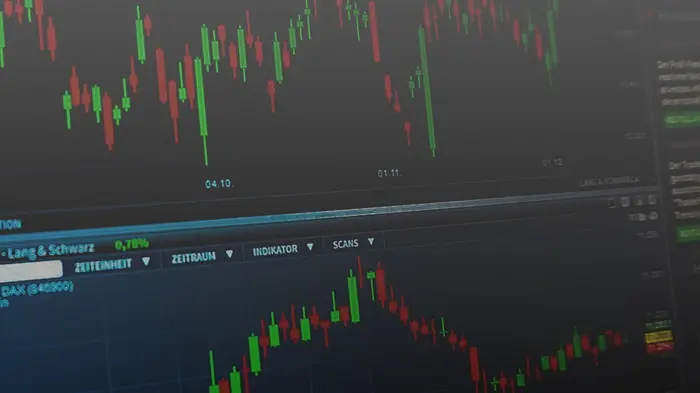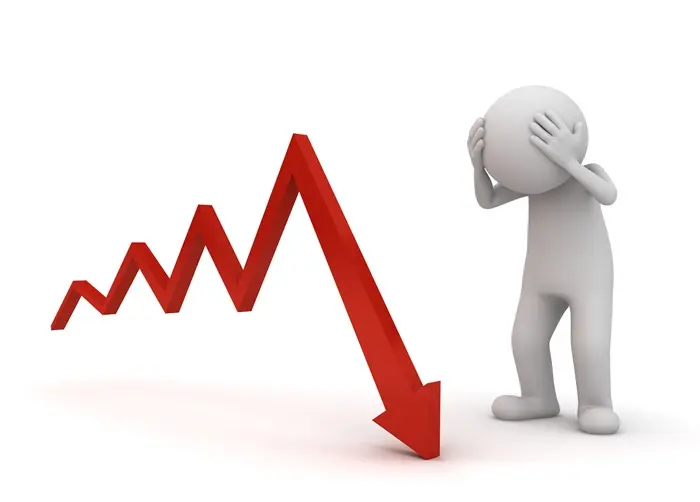Investing in the stock market is a crucial step toward building wealth, and diversifying your portfolio is key to managing risk and increasing long-term returns. One of the most significant decisions investors face is how much of their portfolio should be allocated to international stocks. This question is particularly relevant in today’s globalized economy, where economic conditions, stock market performance, and geopolitical events across the world can influence your investments.
In this article, we’ll explore the factors to consider when deciding the percentage of your portfolio that should be in international stocks, how to evaluate global investment opportunities, and the risks and benefits of international diversification.
Understanding International Stocks
What Are International Stocks?
International stocks refer to shares of companies that are based outside your home country. These stocks allow you to invest in companies from different regions, such as Europe, Asia, or emerging markets. By investing in international stocks, you gain exposure to a broader array of industries, markets, and economic conditions.
International stocks can be broadly categorized into two groups:
Developed Market Stocks: These are stocks from economically stable countries with well-established financial markets, such as Japan, the United Kingdom, and Germany.
Emerging Market Stocks: These stocks come from developing countries with rapid economic growth but also higher risks. Examples include China, India, Brazil, and South Africa.
Why Invest in International Stocks?
There are several reasons why investors choose to include international stocks in their portfolios:
Diversification: International stocks can help diversify your portfolio by providing exposure to different economies and industries. This can reduce your overall risk, as different countries and regions may perform well at different times.
Growth Opportunities: Emerging markets often have higher growth potential compared to developed markets. Companies in these regions may experience faster growth, providing higher returns on investment.
Currency Hedging: When you invest in international stocks, you gain exposure to foreign currencies. In some cases, currency appreciation can contribute to positive returns.
Economic Cycles: Different countries may be at different stages of their economic cycles. While one market may be slowing down, another may be growing rapidly, creating potential opportunities for growth.
How Much of Your Portfolio Should Be in International Stocks?
The ideal percentage of international stocks in your portfolio depends on various factors, including your investment goals, risk tolerance, time horizon, and current global economic conditions. Let’s break these down to help you make a more informed decision.
1. Assess Your Risk Tolerance
Risk tolerance is the amount of risk you are willing to take in your investments. The inclusion of international stocks can increase both the potential rewards and risks in your portfolio. International markets tend to be more volatile due to political instability, currency fluctuations, and other factors. If you are comfortable with higher levels of risk, you may allocate a larger portion of your portfolio to international stocks.
For example:
If you are a conservative investor, you might allocate between 10-20% of your portfolio to international stocks.
If you have a moderate risk tolerance, you could consider allocating 20-40%.
For an aggressive investor, 40% or more might be reasonable, especially if you’re looking to take advantage of emerging markets.
2. Consider Your Investment Time Horizon
Your time horizon is the length of time you plan to invest before needing to access the funds. If you have a long time horizon, you can afford to take on more risk, including the volatility that comes with international stocks. Over time, the volatility of international markets may smooth out, and you can ride through short-term fluctuations.
If your time horizon is short (e.g., 5 years or less), you may want to limit your exposure to international stocks to reduce risk. In this case, a more conservative allocation of around 10-15% may be appropriate.
3. Global Economic Conditions
Global economic conditions can influence the performance of international stocks. For example, during periods of global economic expansion, developed and emerging markets may perform well. However, during recessions or financial crises, international markets, especially in emerging economies, may experience significant volatility.
Before deciding on your international stock allocation, it’s important to stay informed about global economic trends. This can help you gauge whether it’s a good time to invest heavily in international stocks or whether you should be more cautious.
4. Diversification Across Asset Classes
While international stocks provide diversification within the equity portion of your portfolio, it’s also important to diversify across other asset classes such as bonds, real estate, and cash. A well-diversified portfolio typically includes investments in different geographic regions, industries, and asset classes, which reduces the risk of large losses.
In this context, international stocks should be just one part of a diversified investment strategy. For instance, if you hold 60% of your portfolio in domestic stocks, 30% in bonds, and 10% in real estate, you might decide to allocate 15-25% of your equity portion to international stocks.
5. Use Global Market Capitalization as a Guide
A common rule of thumb is to align your international stock allocation with the market capitalization of global stock markets. The global stock market is divided into domestic (home country) and international markets. As of recent data, international markets make up around 40-50% of the global equity market.
If you want your portfolio to reflect the global market capitalization, you might consider allocating 40-50% of your equity investments to international stocks. However, this depends on how much you want to emphasize domestic versus international markets, as well as your personal investment strategy.
6. Emerging Markets vs. Developed Markets
When deciding on international stock allocations, consider the distinction between emerging markets and developed markets.
Developed Markets: Stocks from developed economies tend to be less volatile but offer slower growth. These markets include the United States, Western Europe, Japan, and Australia.
Emerging Markets: Emerging markets offer higher growth potential but come with increased risk. These include countries like China, India, Brazil, and other developing nations.
If you are risk-averse, you might favor developed market stocks (e.g., 70% developed vs. 30% emerging markets). On the other hand, if you have a higher risk tolerance and are seeking growth, you could tilt your portfolio more toward emerging markets.
7. Professional Advice and Portfolio Rebalancing
Consulting with a financial advisor can help you determine the optimal allocation of international stocks based on your individual circumstances. An advisor can assess your risk tolerance, financial goals, and global market conditions to suggest a suitable allocation.
Additionally, rebalancing your portfolio periodically is essential to maintain the desired mix of assets. Over time, the performance of domestic and international stocks will vary, which may cause your portfolio’s asset allocation to drift. Rebalancing ensures that your portfolio stays aligned with your long-term goals and risk preferences.
Risks and Benefits of International Stocks
Benefits
Geographic Diversification: International stocks can reduce the risk of your portfolio being overly exposed to domestic market conditions. When one market underperforms, international stocks from other regions may help offset losses.
Growth Opportunities: International markets, especially in emerging economies, can offer faster growth prospects. These markets may be undergoing rapid development, creating opportunities for higher returns.
Currency Exposure: Investing in international stocks gives you exposure to foreign currencies. A favorable exchange rate can enhance the value of your international investments, especially if the local currency appreciates.
Reduced Correlation: International markets may not be highly correlated with your home market. As a result, the performance of international stocks may behave differently from domestic stocks, potentially improving overall portfolio performance.
Risks
Currency Risk: Exchange rates between your home currency and the foreign currency of international stocks can fluctuate. Currency depreciation may reduce the value of your investments, even if the underlying stocks perform well.
Political and Economic Risk: International stocks expose you to the political and economic risks of other countries. Changes in government, regulations, or trade policies can impact the performance of international stocks.
Volatility: Emerging markets, in particular, can be highly volatile. While they offer higher growth potential, they also carry the risk of sharp declines during times of political or economic instability.
Limited Access to Information: Investing in international markets may present challenges in terms of transparency and access to reliable information. This can make it more difficult to evaluate companies and monitor the risks of your investments.
Conclusion
Deciding how much of your portfolio should be allocated to international stocks is a personal decision that depends on several factors, including your risk tolerance, investment goals, time horizon, and global economic conditions. A balanced approach that considers the global market capitalization and your desire for diversification can help you find the right percentage.
Whether you’re a conservative investor looking for stability, a moderate investor seeking growth, or an aggressive investor looking to capitalize on emerging markets, international stocks can play an important role in your investment strategy. By carefully evaluating the risks and benefits of international investing, you can make informed decisions that align with your long-term financial goals.
Remember, the key to successful investing is diversification, discipline, and ongoing education. Revisit your allocation periodically, stay informed about global market trends, and seek professional advice to ensure your portfolio remains well-balanced and aligned with your financial objectives.
Related topics:
























